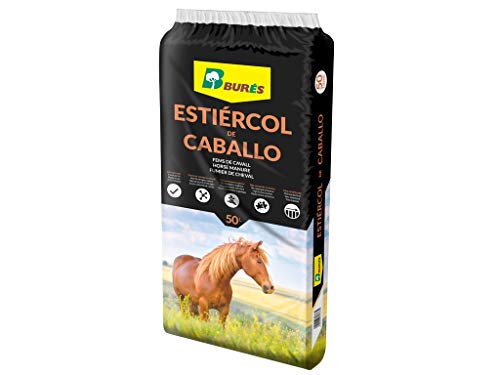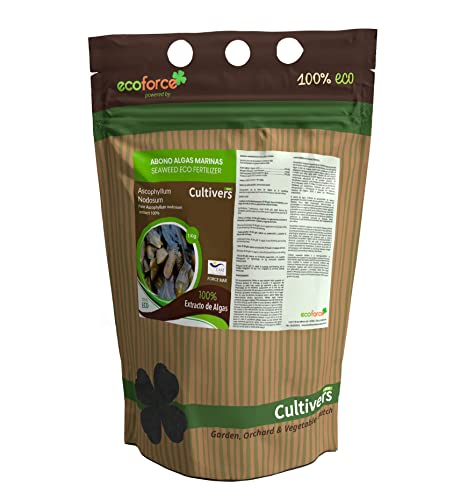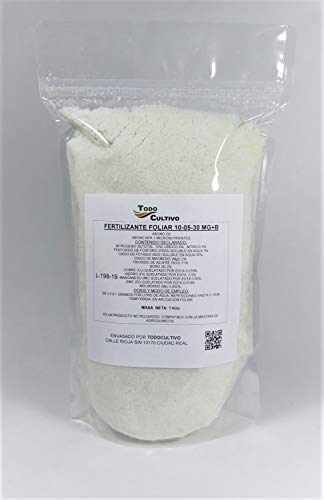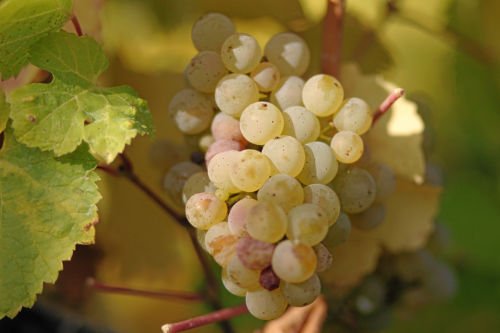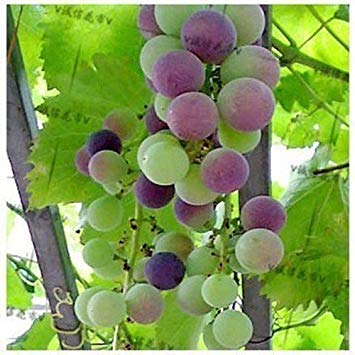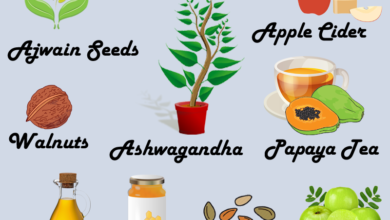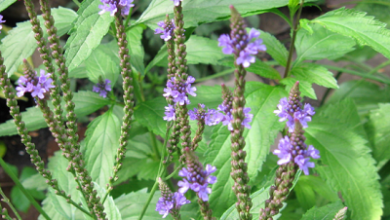How to Fatten the Grape Step by Step – Sembrar100
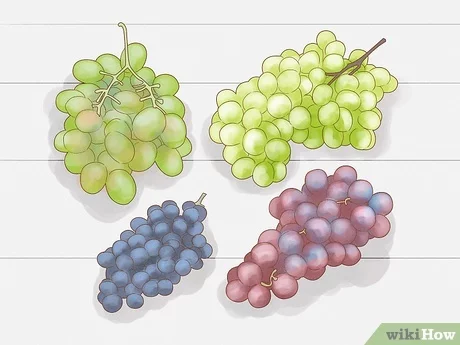
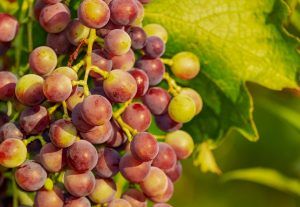 The vineyards are part of the most important crops we have in Spain and even if you barely have a series of plants at home, the care will be the same.
The vineyards are part of the most important crops we have in Spain and even if you barely have a series of plants at home, the care will be the same.
Fertilizer is one of those fundamental cares to have a large and excellent quality production.
Whether you decide to have grapes only for fresh consumption or to generate other products, the fertilizer to fatten the grape will be your thing. And what should you do in this whole process? It is just what we are going to see next. Are you coming?
What type of fertilizer is used for grapes?
The diversity of fertilizers that exist for grape fattening helps to select the one that best suits the requirements of your crop. The main thing is that they are of organic origin because the grapes will be for human consumption, so they must keep all safety aspects.
Among these types of fertilizers we have:
- Manure: it is common to apply it before planting to enhance its nutritional level and that the plants are able to take advantage of it. Although it is not directly linked to the fattening of the grape, it is key so that, when that time comes, it can be executed properly. Organic matter such as manure must be well decomposed.
- Algae extract: it is one of the most useful organic fertilizers for grapes because it helps the chlorophyll production processes to be better and, with them, the energy levels of the plant to achieve larger grapes.
- Complex fertilizers with a higher level of potassium: it is a special fertilizer that is used when the fruits are already established for growth. Potassium helps improve their internal processes and help them grow to a better extent.
- Chelated iron: it is a special fertilizer that is usually applied to those soils that have a high concentration of calcium, since the latter has a negative impact on the ability of plants to absorb iron. If present, all the organs of the plant can be pale.
When should grapes be fertilized for fattening?
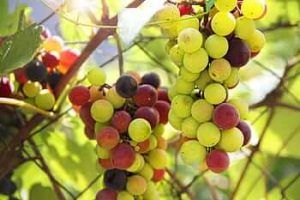 The application of fertilizations so that the grapes fatten are used after the fruits are well established.
The application of fertilizations so that the grapes fatten are used after the fruits are well established.
During this phase it is common for the main contributions to be potassium and nitrogen, applying quantities that are appropriate for said stage.
After that, fertilizations are continued at the rate of a fortnightly, for a period of three or four subscribers, depending on the needs of the crop.
What nutrients do grapes need to grow?
The nutritional needs of growing grapes start from potassium (K), which will be key to increasing their size and giving them a better shape.Likewise, phosphorus (P) will perform the task of helping the internal transport of nutrients, which will also be key for a favorable fattening.
Calcium (Ca) is a micronutrient that has the task of ensuring that the grapes grow at a similar rate and that the harvest is more or less homogeneous. But these are not the only factors that you should consider, since a correct soil study will be key to further improve the results.
Take into account that the lands do not have identical characteristics, so the recommendations are general, but you must adapt them to your situation. Other points that you should take into account before carrying out the fertilizations are: the age of the plant, the climate, the type of grape in question, among others.
What positive effects does the use of fertilizer have in the fattening stage of the grape?
Although we have already seen that the main advantage revolves around the size of the grapes, there are some other benefits associated with this process:
- A higher sugar content that will significantly improve the flavor at the time of maturation.
- Better aroma, which contributes to other uses of the post-harvest grape, such as wine production.
- The maturation process will be carried out effectively in the corresponding period, without there being an early fall of the same or rotting of the vines.
- A juicier content that represents a great competitive advantage at a commercial level, both for the production of wines and for table consumption.
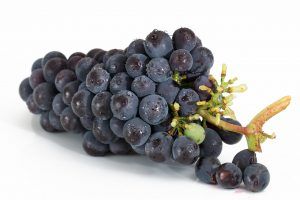
What types of fertilizations can be used to fatten the grape?
There are at least 3 methods that generate good results when it comes to fertilizing the grapes so that they fulfill the mission of gaining weight. These are:
- Root fertilization: it is the most convenient and used method that consists of applying the nutrients directly on the base of the plant. This fertilization system helps the plant absorb the inputs more effectively and its administration lasts longer.
- Foliar fertilization: it is a fertilization that is carried out on the leaves of the plant to provide a specific nutrient that can act immediately. It is a process that is used, above all, when there are deficits to which a quick response must be given, but they cannot be the base of the subscriber, since the grapes need root food.
- Fertigation: is the method that allows the use of fertilizers that are soluble in water to apply them through irrigation water. In this case, the plants will absorb the nutrients through the leaves, carrying them in their internal cycles towards the fruits. It is a method that allows wrapping a greater number of plants at once.
Grape fertilization, both for fattening and for the rest of its productive life, is not an optional issue. This must be well balanced and taking care that all the nutrients it requires are supplied through products of organic origin.
To start it, there are several methods that will be more or less effective depending on the type of result you hope to achieve. The most important thing at the end of the day is to get some large and delicious grapes that make you proud of the whole process of work and care that you have carried out.
Bibliographic references
- Organic Fertilization in the Production of Vine Patterns (Vitis vinifera L.) under Drip Irrigation in Majes-Arequipa Irrigation, LM Tisnado Alejo, FM Yapo Cardenas – 2019 – repository.unsa.edu.pe
- Effect of two types of pruning on the yield and quality of vitis vinifera var. torontel in Cascas-La Libertad, CJ Camacho de la Cruz – 2017 – dspace.unitru.edu.pe
- Pruning systems in vitis vinifera l. Var. Gross Colman, in CASCAS-LA LIBERTAD, RM Rafael Silva – 2013 – dspace.unitru.edu.pe
- Effect of growth regulators on the yield and quality of grapes in the vine (Vitis vinifera L.) Red Globe variety under conditions of the Villacuri pampas…, AR Paré Tobala – 2012 – redi.unjbg.edu.pe
- Influence of green pruning on the commercial yield of grapevines (Vitis vinifera) var. White Italy and its aptitude for marketing in Tacna, O Vargas Calizaya – 2016 –tesis.unjbg.edu.pe
Maybe you are also interested in:
- How often and how to water my vineyards?
- 15 Types and Varieties of Most Famous and Delicious Grapes
- Grape harvest
- Vine Diseases: [Characteristics, Detection and Effects]
- Vine Diseases: [Characteristics, Types, Detection and Treatment]
- Vine Pests and Diseases: [Detection, Causes and Solutions]
- Vine Treatment: [Pruning and Sulfur Application]

